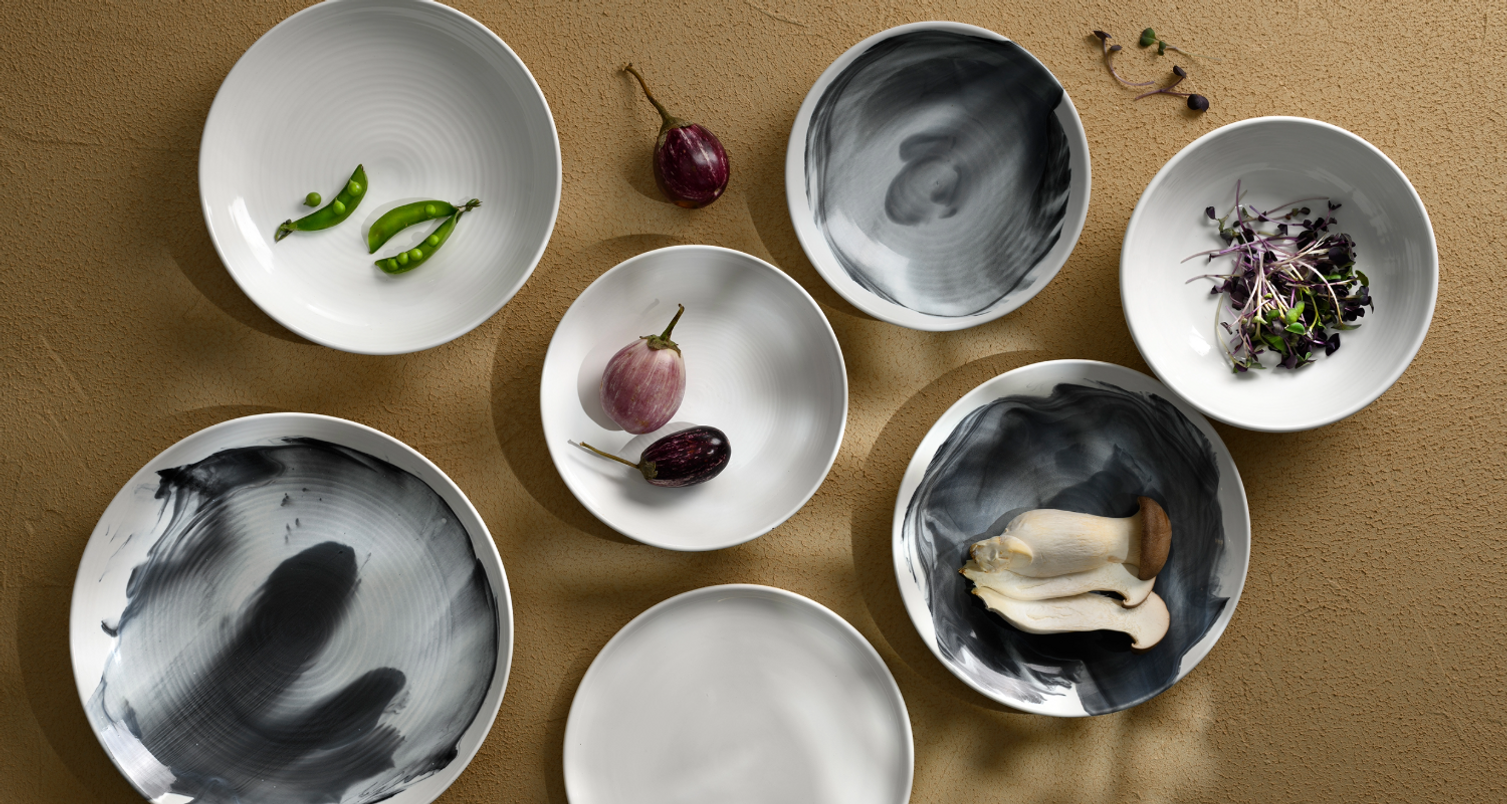How To Season Your Cookware
Seasoning
Carbon or Black Steel Pans
- Wash your new pan, wok, or frypan in hot soapy water, ensuring you remove any residual manufacturing oil. Allow to dry completely.
- Set down your wok/fry-pan on a stable heat source (a wok may need stabilising with a wok ring).
- Pour a little vegetable oil (flaxseed oil is ideal) onto a piece of paper towel, use this to lightly coat the inside of the wok/frypan. Make sure there are no drips or runs.
- Turn on the heat under the wok or fry pan to high. When the oil reaches smoking point, turn off the heat and allow the wok/frypan to cool. Repeat this process 2 or 3 times or until you are happy with the coating. Do not leave the wok or frypan unattended during this process.
- The wok /frypan will change from silver to black. This is the coating that will help to stop food sticking to the pan and prevent rust.
Cast Iron
- Preheat oven to 220°C.
- Wash the skillet in warm, soapy water and a sponge or stiff brush. Cast iron should not normally be washed with soap, but it's fine here since the pan is about to be seasoned.
- Rinse and thoroughly dry the skillet.
- Using a cloth or paper towel, apply a thin coat of vegetable oil to the inside and outside of the skillet.
- Place the skillet upside down in the oven's centre rack. Place a sheet of aluminium foil below the rack to catch any drips. Bake for an hour.
- Turn off heat and allow the skillet to cool completely before removing from oven.
Enamelled Pans
Don't require any special care or maintenance. Wash them before the first use and you're ready to go. Do be gentle when you're storing them. A hard bang against another pan or a hard surface could cause a bit of the enamel to chip. This is only cosmetic and won't affect performance.
Stainless Steel Pans
Are almost as maintenance free as enamelled pans. They won't rust and don't need any seasoning. When cleaning them, avoid using steel wool to prevent scratches. Letting the pan soak in water and a little vinegar will make clean-up easier.
Care Tips
Carbon or Black Steel Pans
- Don’t use abrasives when washing. Just a cloth and hot, mild soapy water.
- After washing, dry thoroughly and apply a light coat of vegetable oil to stop your pan rusting.
- If a build-up of carbon appears, pour a layer of table (not rock) salt in the pan and heat up, use a cloth or paper towel to scrub off the excess carbon deposits and then re-season, repeating steps 2-4.
- When cooking with black steel, don't leave an empty pan over direct heat for too long. The metal is thin and could overheat, which will cause a dark splotch in that part of the pan.
Cast Iron
Cleaning
Cast Iron isn't ideal for a set-aside-to-soak sort of person.
- Clean the skillet immediately after use, while it is still hot or warm. Avoid soaking the pan or leaving it in the sink, or it may rust.
- Wash the skillet by hand using hot water and a sponge or stiff brush. Avoid using the dishwasher, soap, or steel wool, as these may strip the pan's seasoning.
- To remove stuck-on food, scrub the pan with a paste of coarse salt and water. Stubborn food residue may also be loosened by boiling water in the pan.
- Thoroughly towel dry the skillet or dry it on the stove over low heat.
- Using a cloth or paper towel, apply a light coat of vegetable oil or melted shortening to the inside of the skillet. Some people also like to oil the outside of the skillet. Buff to remove any excess.
- Store the skillet in a dry place.
Additional Notes:
- Using soap, steel wool, or other abrasives is not the end of the world, but you may need to re-season the skillet. If the skillet is well-seasoned from years of use, a small amount of mild soap may be used without doing much damage – just be sure to rinse it well and oil it after drying.
- Remove rust using steel wool or by rubbing it with half a raw potato and a sprinkle of baking soda (seriously, it works!). Again, it may be necessary to re-season the pan after cleaning.
- Cast Iron is susceptible to thermal shock, if taking cast iron from the fridge, please let stand until it reaches room temperature before exposing it to any form of heat or vice versa.
Tips
- Cast iron remains hot long after you remove it from the stove. As a reminder to be careful, drape a thick towel or a mitt over the handle.
- To avoid getting smudges on all your kitchen towels, designate one to use exclusively for drying your Cast Iron.



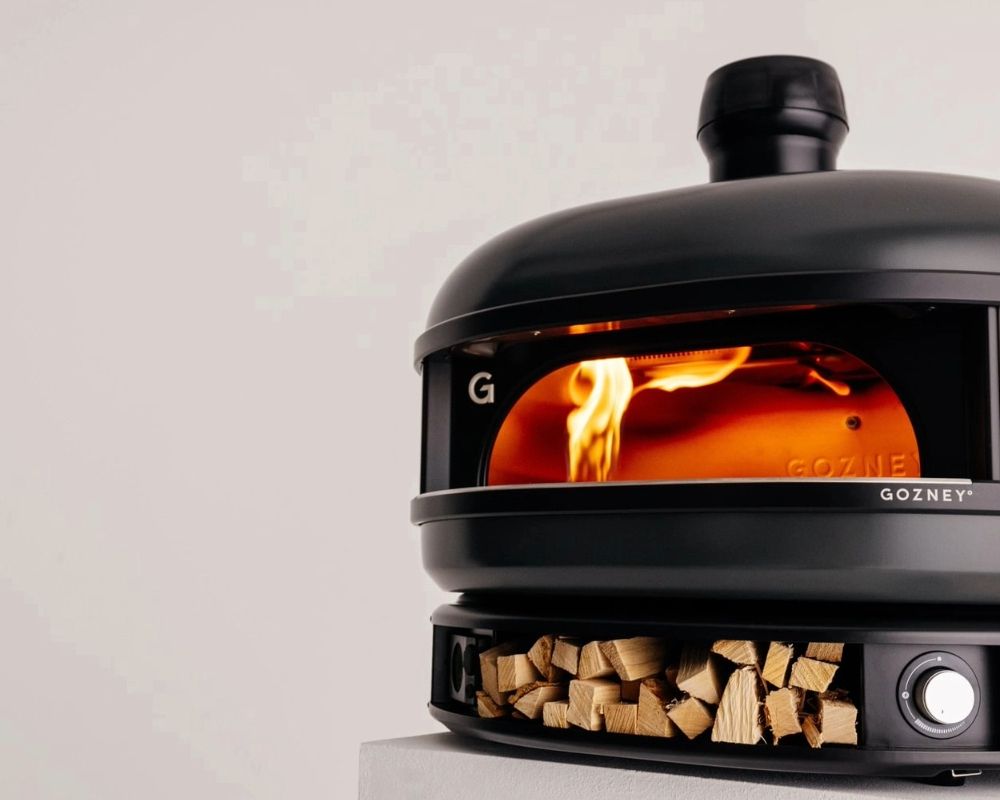

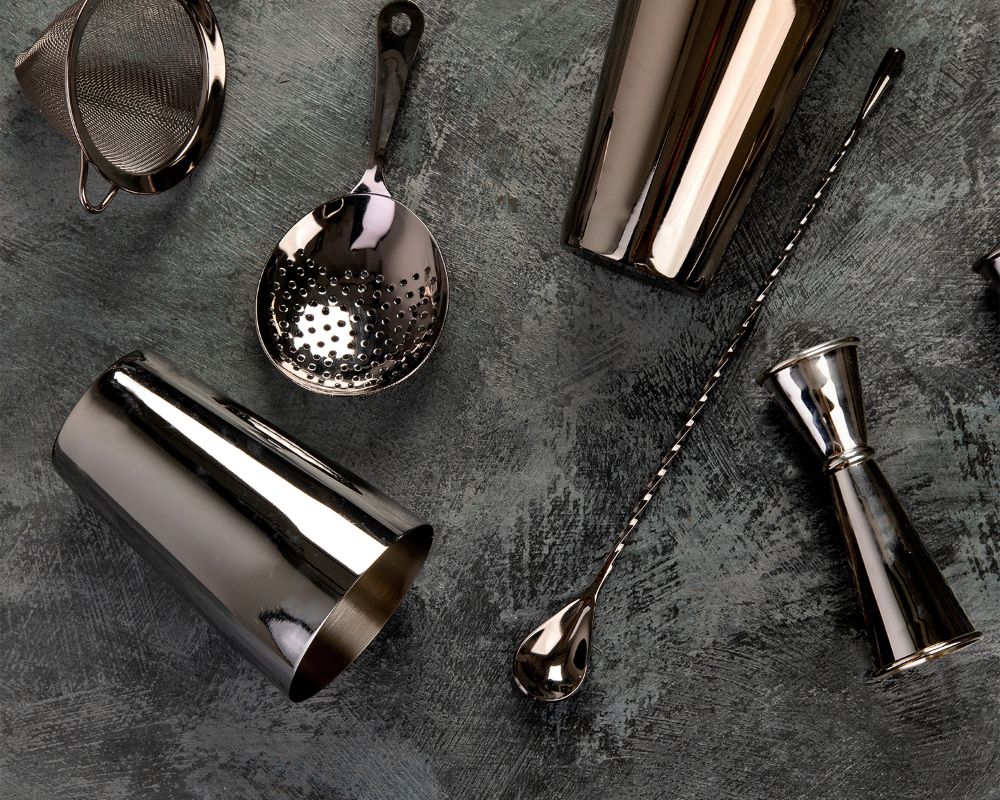
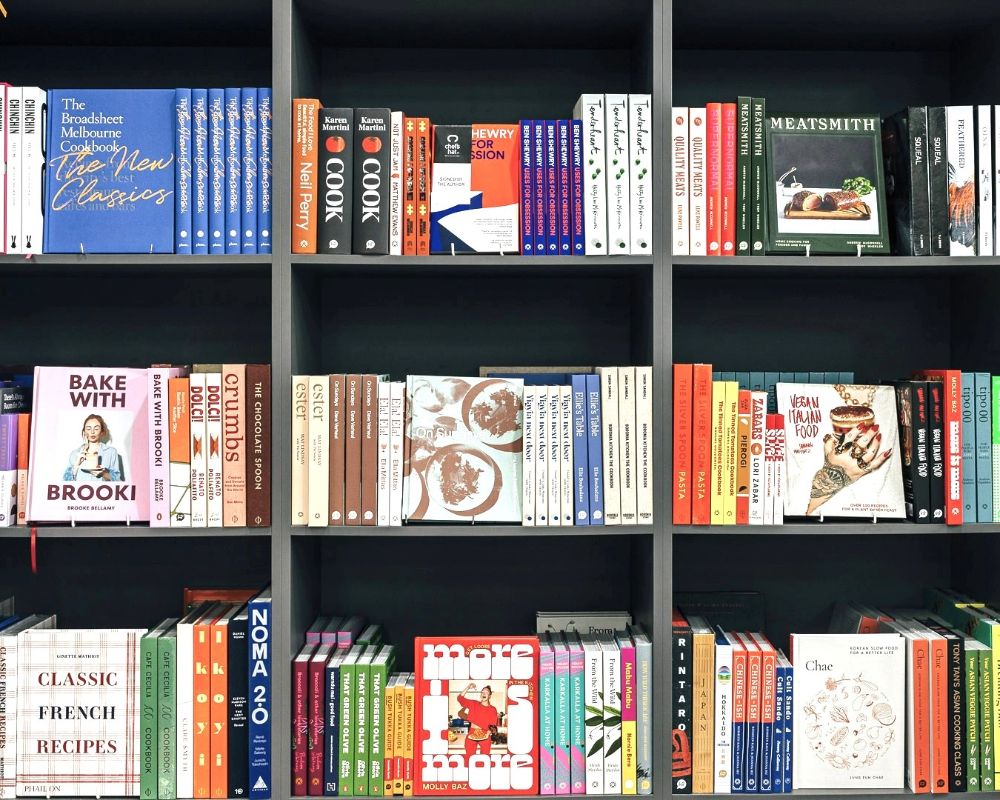




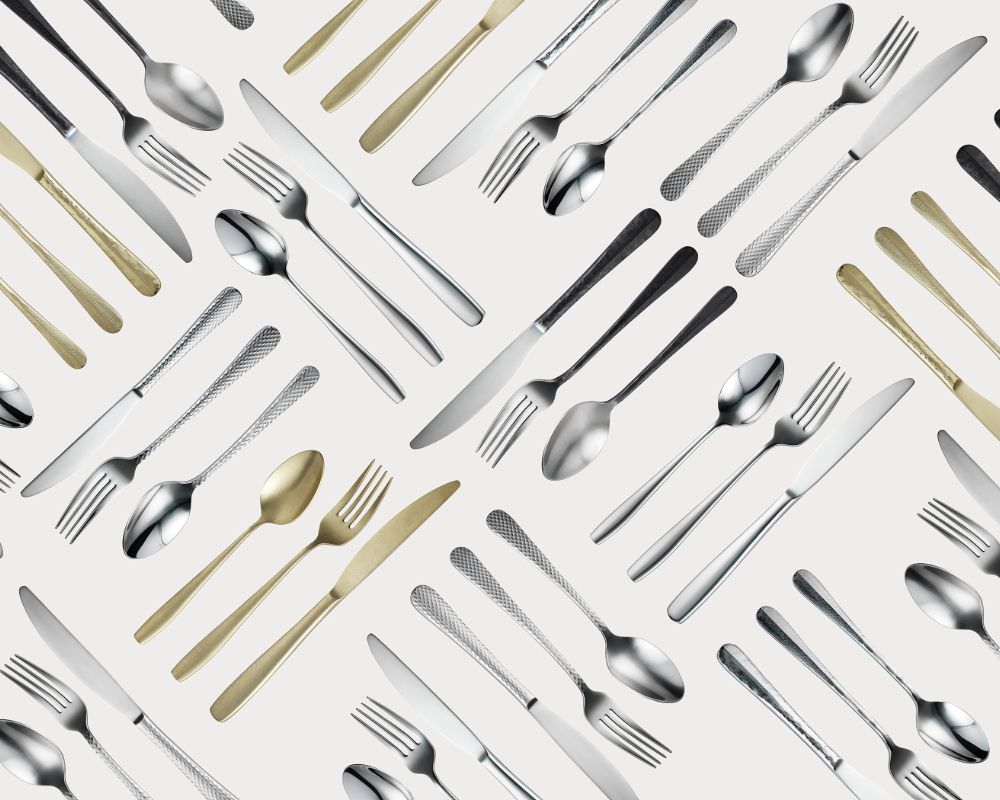

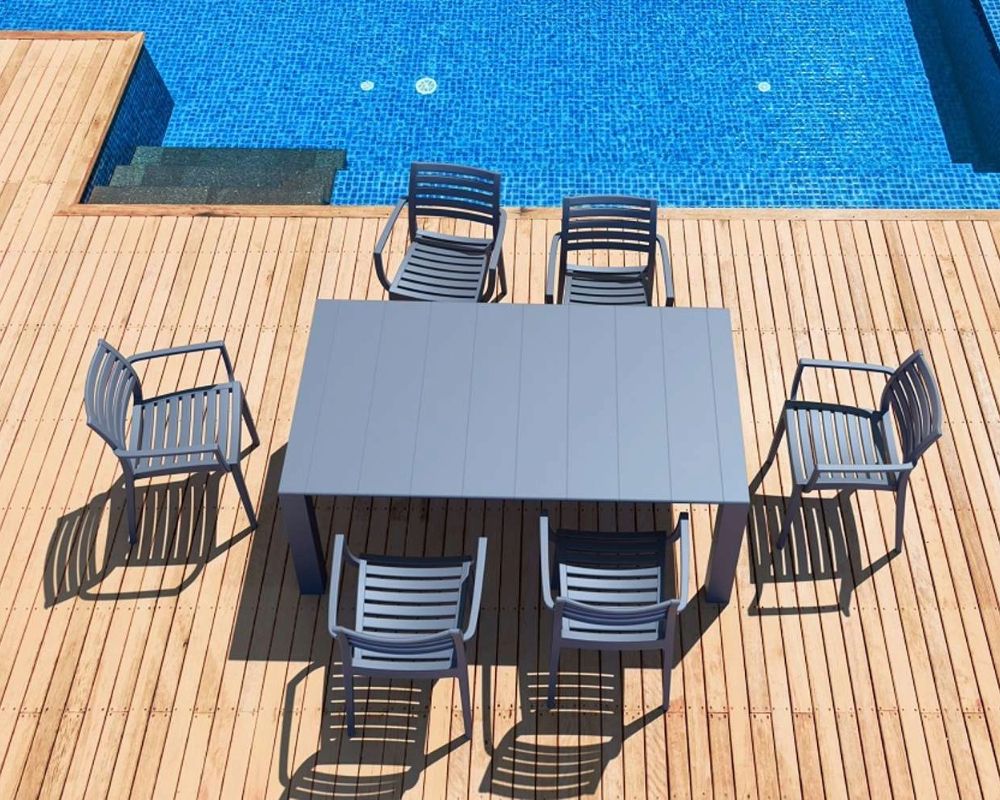


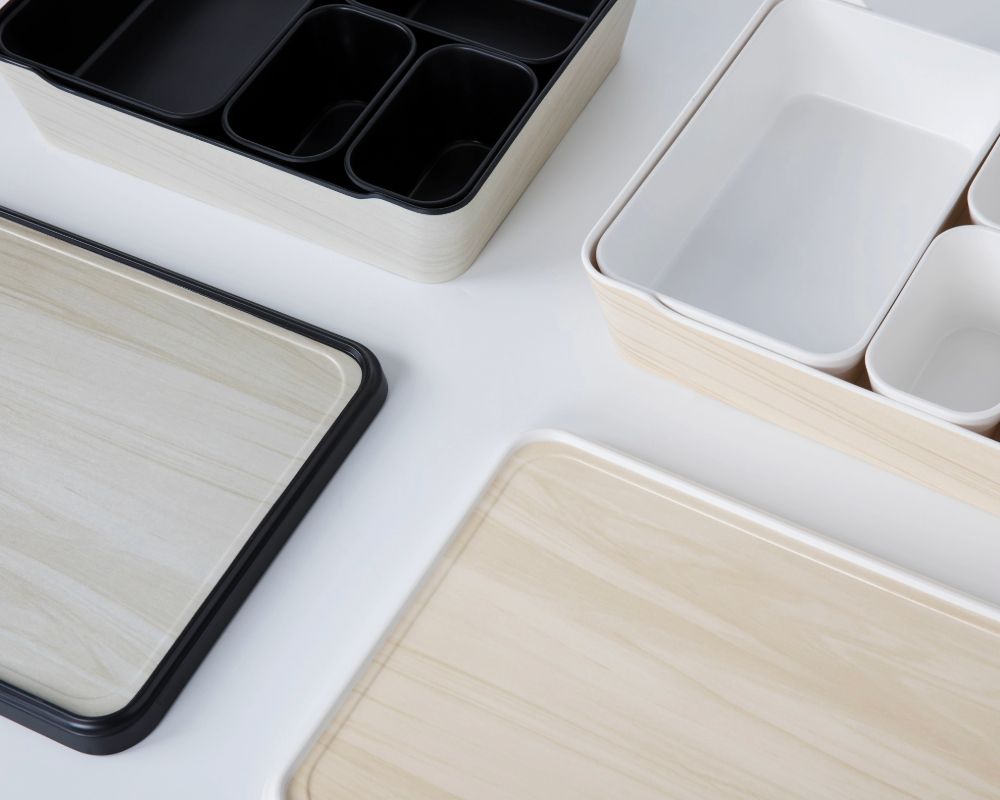

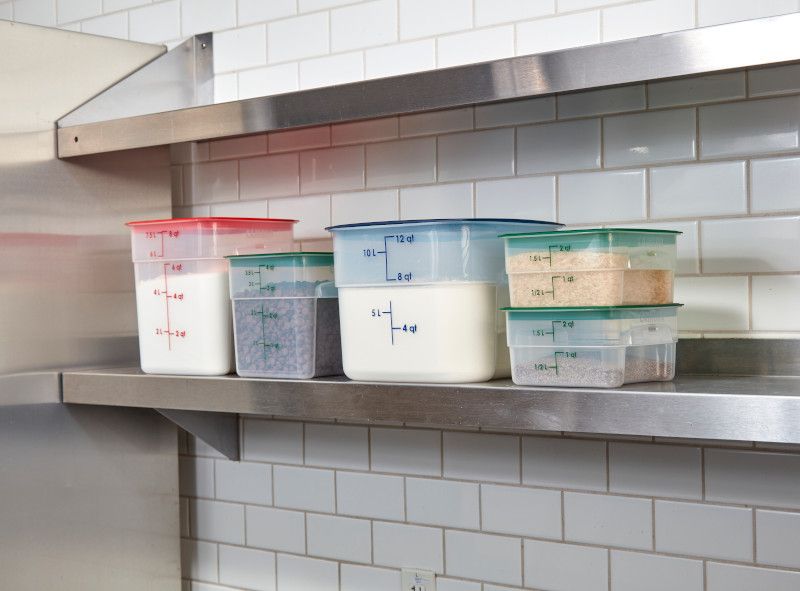
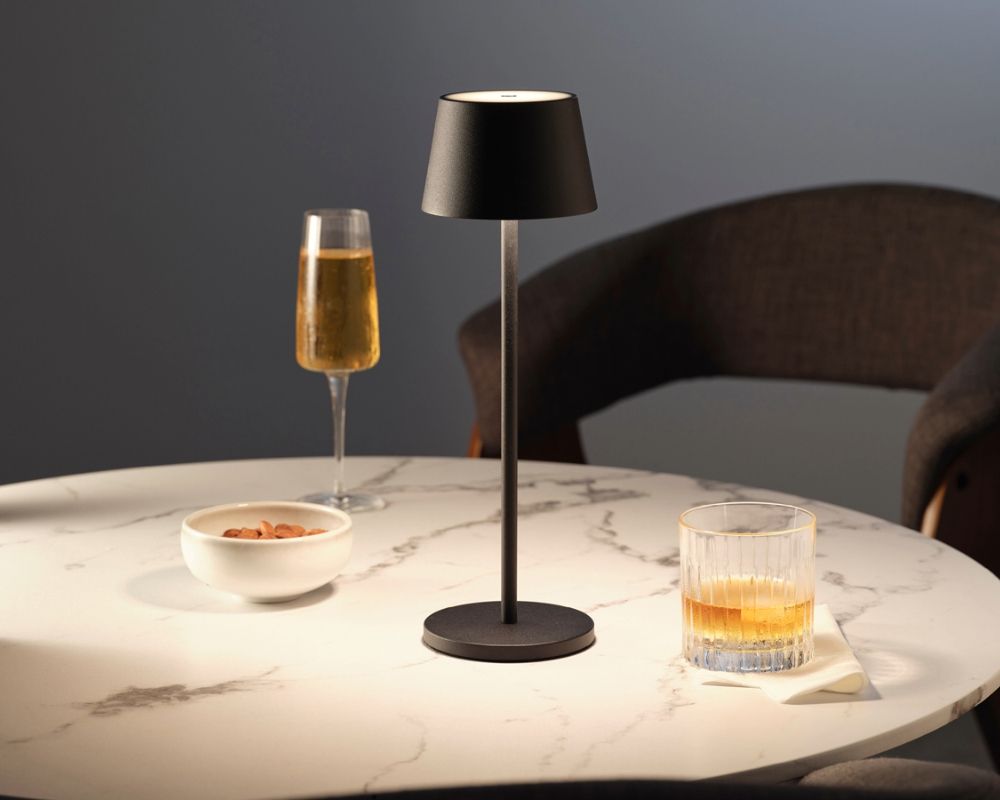




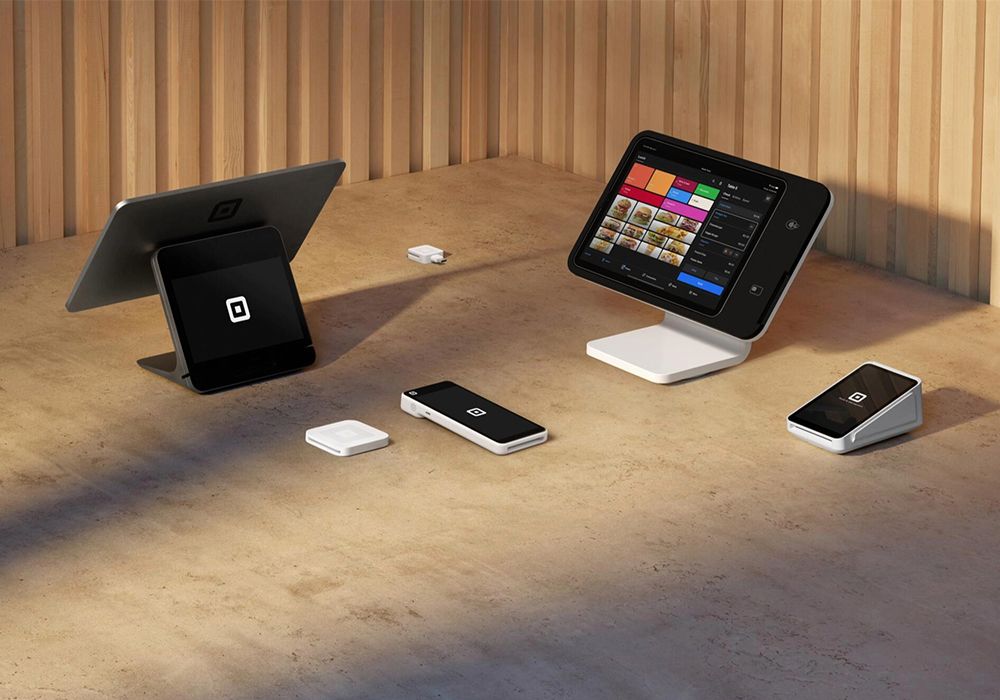

.png)
